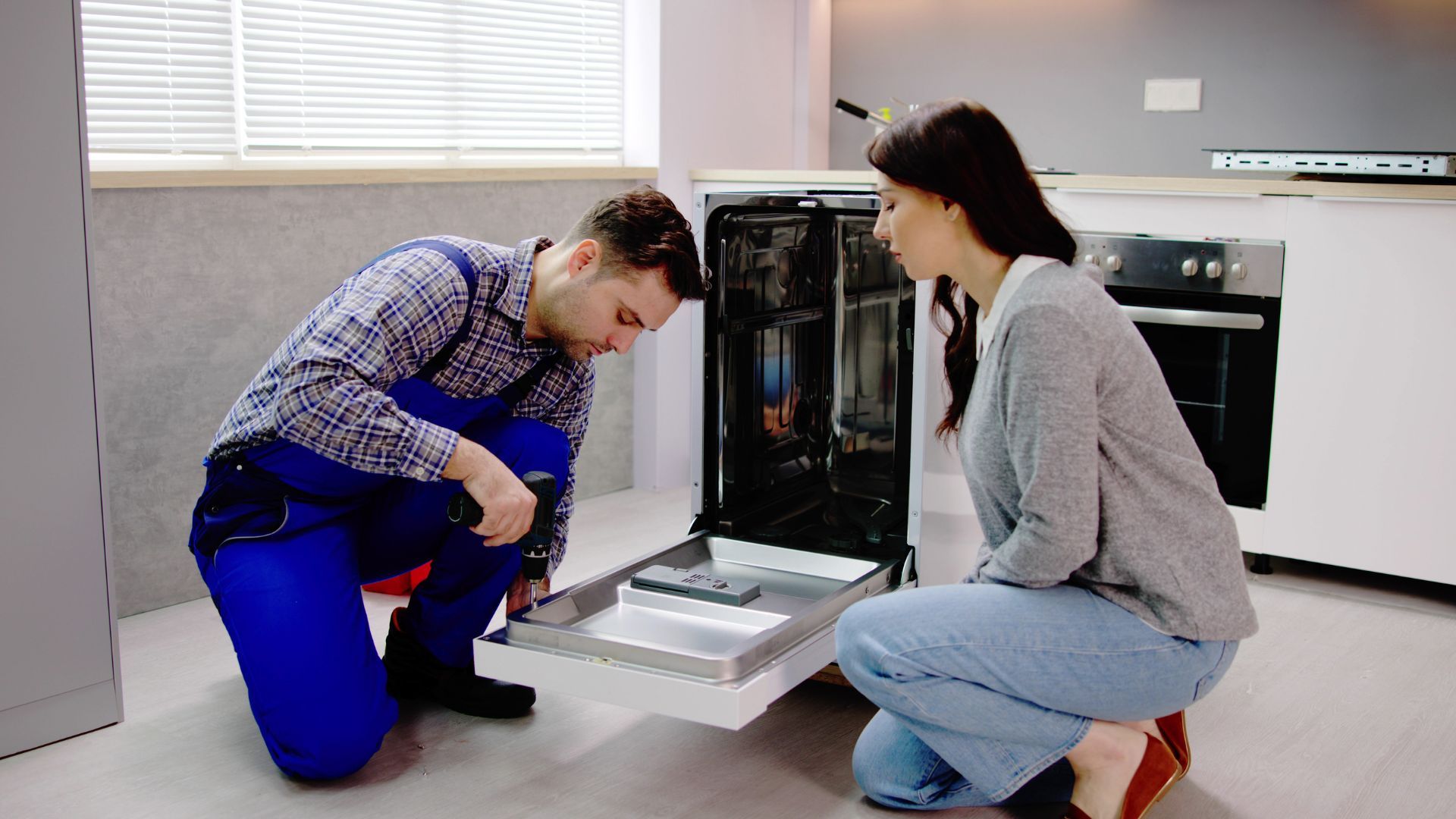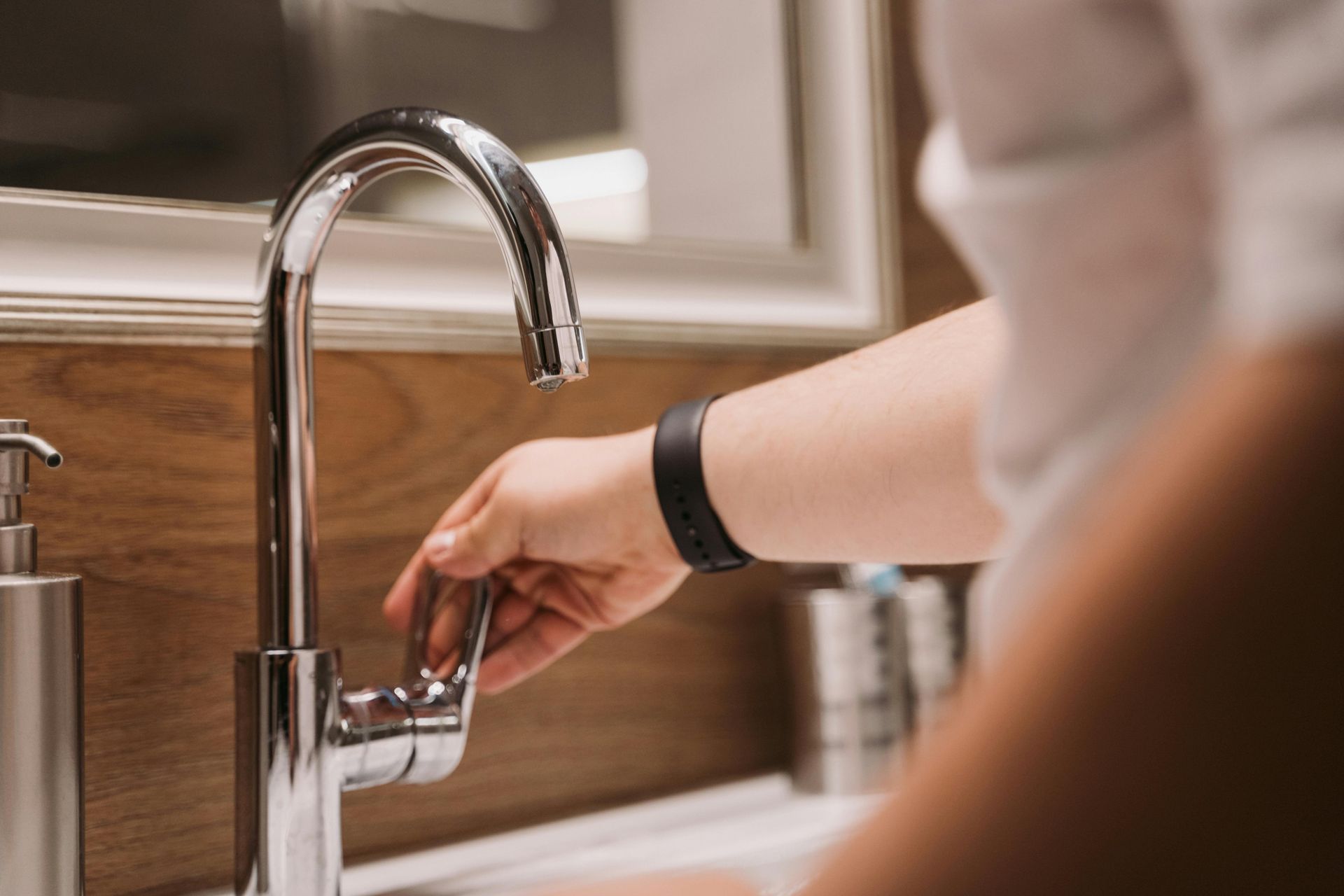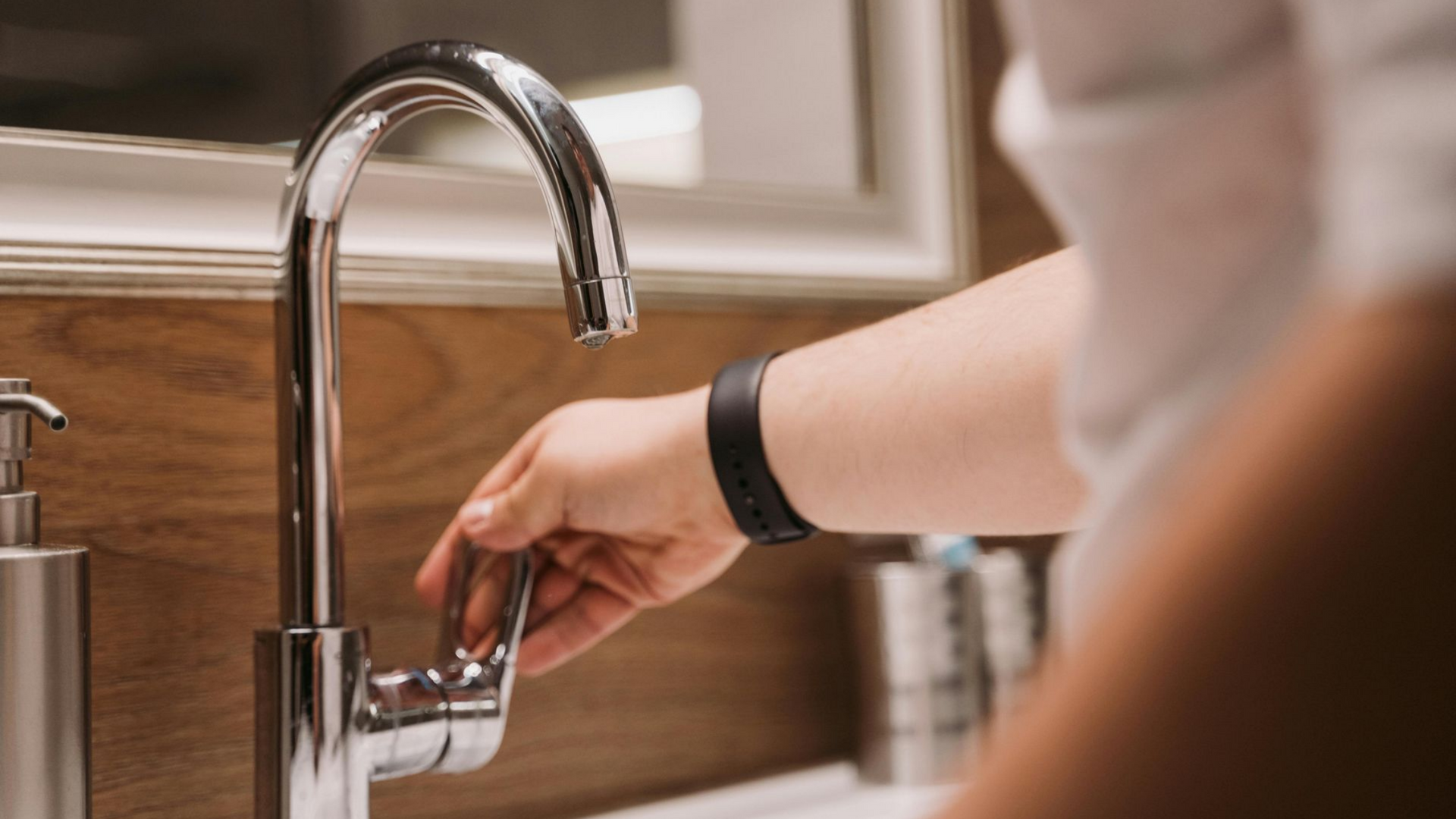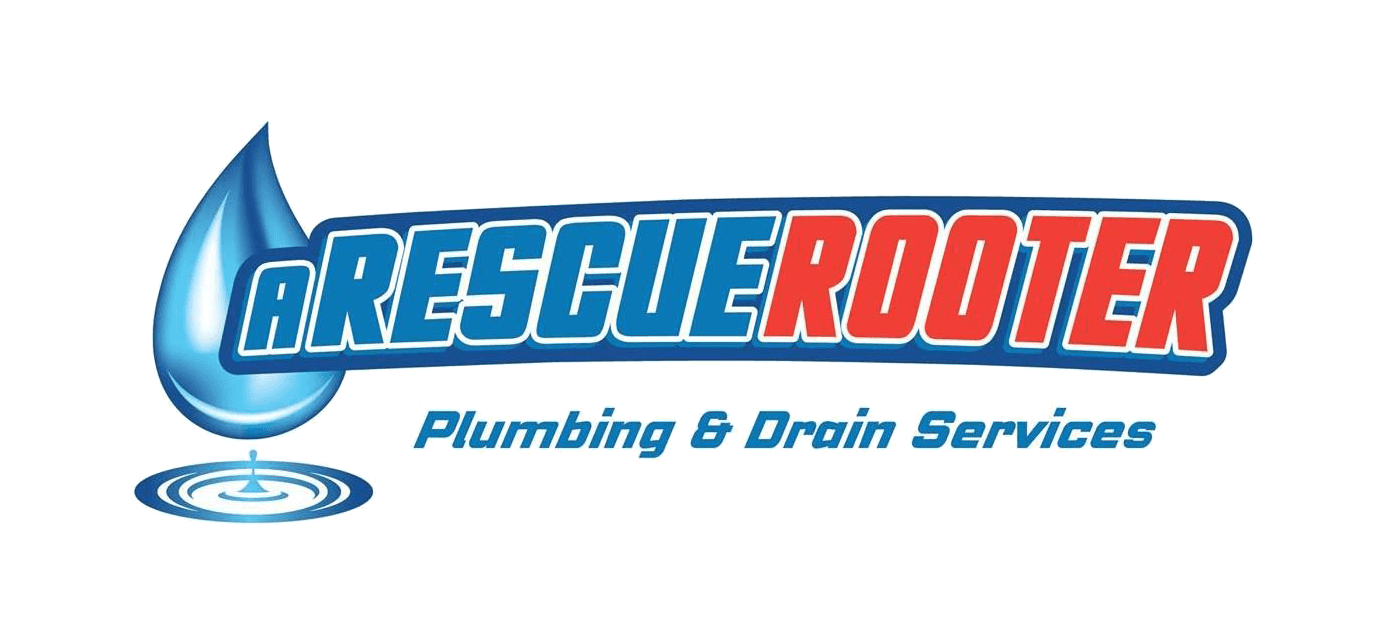Common Winter Plumbing Problems and How to Fix Them
Winter Plumbing Problems
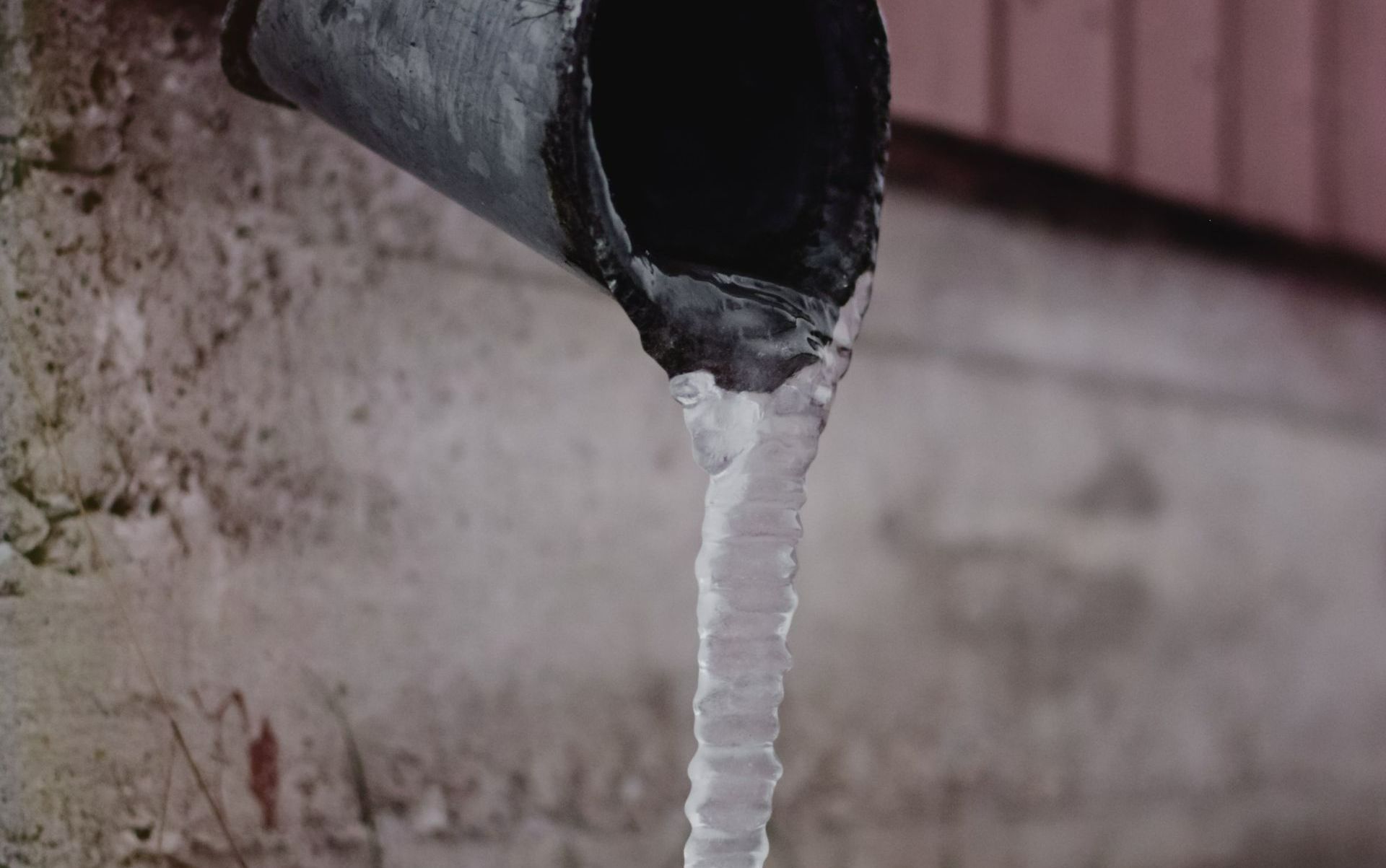
Winter in Hamilton and Southern Ontario brings plenty of charm—sparkling snow, cozy fireplaces, and hot chocolate-filled evenings. But ask any homeowner, and they’ll tell you it’s also prime time for plumbing problems. Harsh weather conditions can wreak havoc on your pipes and drains if you’re not prepared. That’s why it pays to know what to look out for and how to fix common winter plumbing issues before they turn into costly repairs.
At Rescue Rooter, we’ve seen it all, and we’re here to help you keep your plumbing winter-ready.
1. Frozen Pipes
The Problem:
When temperatures plummet, pipes in unheated areas like basements, crawlspaces, or garages are at risk of freezing. Frozen water expands, creating pressure that can cause the pipe to burst.
The Solution:
- Insulate your pipes. Use foam insulation to wrap exposed pipes.
- Keep your home warm. Maintain a consistent temperature throughout the house—even in areas you don’t use often.
- Allow faucets to drip. This keeps water flowing and reduces the chance of freezing.
If your pipes freeze, turn off the water supply and use a hairdryer to thaw the pipe gently. Avoid open flames or tools like torches—they’re dangerous and could damage your pipe.
2. Burst Pipes
The Problem:
Left untreated, frozen pipes can quickly escalate into burst pipes. A burst pipe not only leads to major water damage but can also cost thousands of dollars in repairs.
The Solution:
Immediate action is crucial. Shut off your water supply and contact a professional plumber, like the experts at Rescue Rooter, as soon as possible. Regular maintenance and monitoring can help avoid this altogether.
3. Clogged Drains
The Problem:
Winter festivities often lead to an overworked kitchen sink, causing food particles, grease, and oil to clog your drains. Plus, the cold weather can make grease harden faster, compounding the issue.
The Solution:
- Dispose of grease responsibly. Never pour grease down the drain. Instead, collect it in a container and throw it away.
- Use a strainer. Place a sink strainer to catch food particles and debris.
- Flush drains regularly. Pour a kettle of hot water down your drains once a week to keep them clear.
If the clog persists, a professional drain cleaning service can eliminate the blockage safely and permanently.
4. Water Heater Overload
The Problem:
Who doesn’t love a hot shower after coming in from the cold? But with increased demand, your water heater works overtime in the winter and can sometimes struggle to keep up—or even break down.
The Solution:
- Inspect your water heater. Look for signs of leaks, rust, or strange noises.
- Flush the tank annually. This removes sediment buildup that can reduce efficiency.
- Upgrade your water heater. If your heater is outdated, investing in a newer, more efficient model can save you money and prevent future issues. If you’re running out of hot water too quickly, the team at Rescue Rooter would be happy to assist with repairs or replacements.
5. Poor Outdoor Drainage
The Problem:
Snowmelt and heavy rainfall can overwhelm your outdoor drainage systems, potentially leading to leaking basements or water pooling near your foundation.
The Solution:
Ensure your gutters are clear of leaves and debris before the first snowfall. Consider installing a sump pump to protect your basement from flooding.
If water is pooling, it might be time to assess your landscaping or call a professional for a long-term drainage solution.
When to Call a Professional
While some plumbing issues can be tackled with DIY solutions, other problems require professional expertise. Attempting major repairs yourself may cause more harm than good, leading to expensive fixes down the line. That’s where our team at Rescue Rooter comes in. We specialize in diagnosing and repairing winter plumbing problems quickly and efficiently.
Why Choose Rescue Rooter?
- Expertise You Can Trust: Our team of licensed professionals is well-versed in tackling plumbing challenges unique to Hamilton and Southern Ontario winters.
- Emergency Services: Plumbing issues rarely wait for regular business hours—neither do we.
- Customer-Centric Approach: We pride ourselves on transparent pricing, quality work, and exceptional customer service.
Don’t Wait Until It’s Too Late
The best time to prepare your plumbing for winter? Before the cold weather hits. The second-best time? Now. With a few precautions and the right help, you can ensure your home’s plumbing stands up to the harshest winter conditions.
Need assistance? Contact Rescue Rooter today and get peace of mind knowing that your plumbing is in the hands of experienced professionals. Call us or visit our website to schedule a service—because your home deserves nothing less than the best.
Stay warm, stay safe, and stay clog-free this winter! "Remember, prevention is always better than cure."
Don't wait until a plumbing problem strikes to take action. By following these tips and staying proactive with your plumbing maintenance, you can save yourself time, money, and stress in the long run. Winter can be tough on your pipes and drains, but with the right knowledge and preparation, you can keep everything running smoothly all season long.
A Rescue Rooter doesn't charge a premium rate for emergency plumbing 24/7, 365 call (905) 521-8284 anytime!
